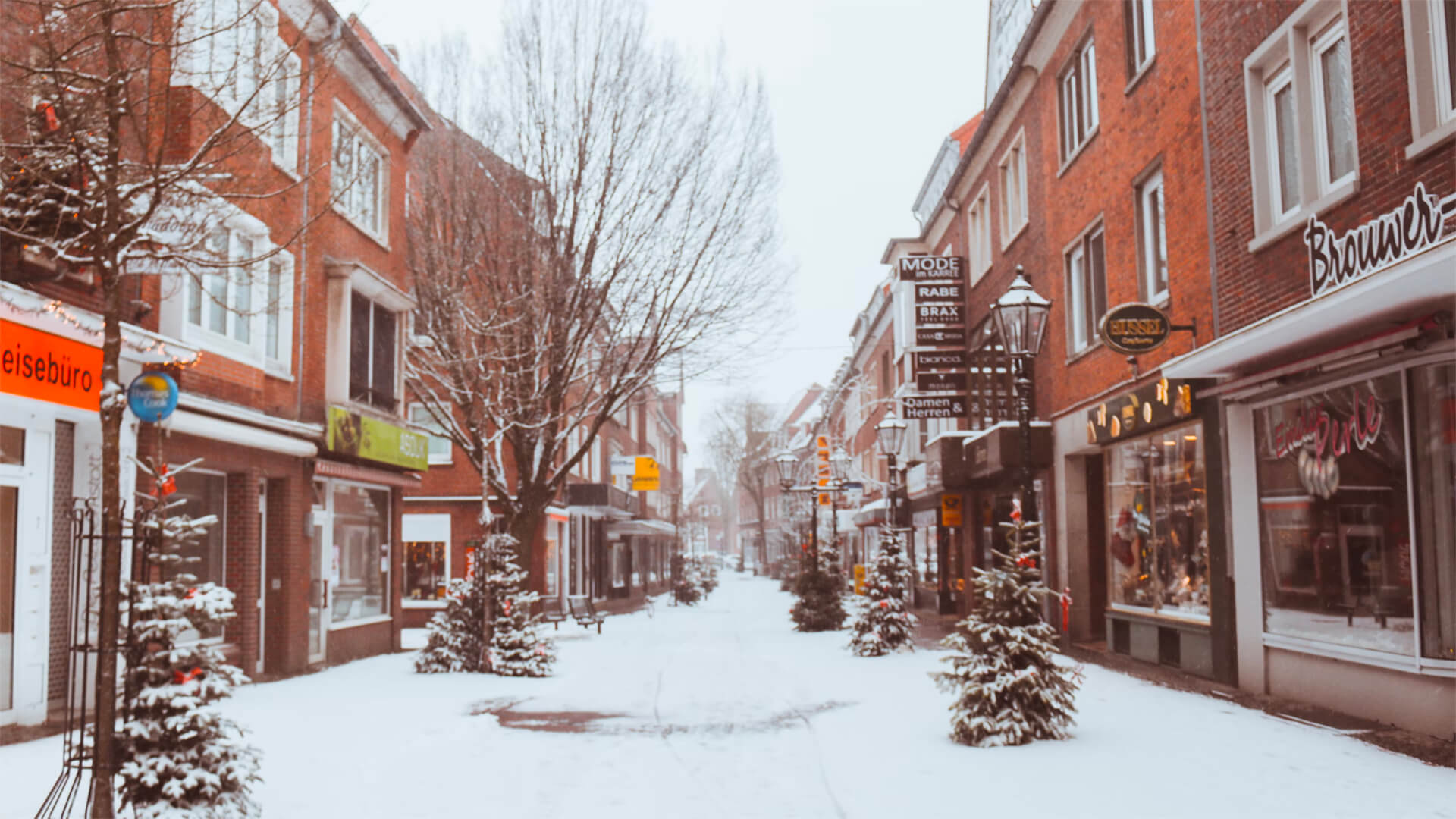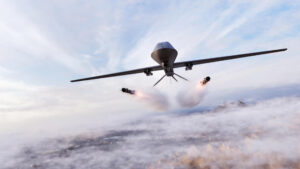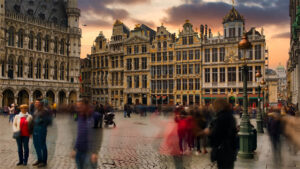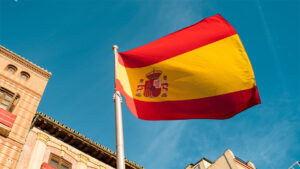Prefer to read the transcript of the video? Click here
As much as we analysts like to make predictions and forecasts, Mother Nature is always right there to throw all of it into a tailspin. The crazy temps across Europe are no exception to this.
While this abnormally warm winter season has been a godsend for energy prices across Western Europe, its also thrown a wrench into Ukraine’s plans for a winter offensive.
I’m not saying Europeans should get used to shorts and mai tais all winter long, but this season could hold lasting impacts (good or bad) for the year ahead.
Here at Zeihan On Geopolitics we select a single charity to sponsor. We have two criteria:
First, we look across the world and use our skill sets to identify where the needs are most acute. Second, we look for an institution with preexisting networks for both materials gathering and aid distribution. That way we know every cent of our donation is not simply going directly to where help is needed most, but our donations serve as a force multiplier for a system already in existence. Then we give what we can.
Today, our chosen charity is a group called Medshare, which provides emergency medical services to communities in need, with a very heavy emphasis on locations facing acute crises. Medshare operates right in the thick of it. Until future notice, every cent we earn from every book we sell in every format through every retailer is going to Medshare’s Ukraine fund.
And then there’s you.
Our newsletters and videologues are not only free, they will always be free. We also will never share your contact information with anyone. All we ask is that if you find one of our releases in any way useful, that you make a donation to Medshare. Over one third of Ukraine’s pre-war population has either been forced from their homes, kidnapped and shipped to Russia, or is trying to survive in occupied lands. This is our way to help who we can. Please, join us.
CLICK HERE TO SUPPORT MEDSHARE’S UKRAINE FUND
CLICK HERE TO SUPPORT MEDSHARE’S EFFORTS GLOBALLY
TRANSCIPT
Hey, everyone. Peter Zeihan here. Coming to you from my hometown of Marshalltown, Iowa, where I’m visiting the ‘rents for a few days. Today, we are going to be talking about winter. It has been a really weird winter, specifically in Europe over the course of the last few weeks. In the second and first weeks of January, temperatures have been and are expected to continue to be in the fifties in Paris and the forties in Berlin and Warsaw, and in the high thirties in places in Ukraine, most notably Kiev.
Now, this is throwing a lot of my forecast into a bit of a tailspin. But, you know, weather does what weather does. Temperatures are based on where you are somewhere between 20 and 40 degrees above normal and have been relatively consistently for almost a month at this point. In the case of Western Europe and Central Europe, this means that energy demand has plummeted because normally these guys would be approaching zero degrees Fahrenheit. And in those sorts of environments, they simply need to use a lot of energy in order to keep the lights on and especially the heat going. But there have been times that Berlin is broken 50 in December, and in that sort of environment, keeping everybody warm is really easy. And that means that energy demand has plummeted and the need to cope with the cut-offs that have come from the Russian space because of the Ukraine war simply are very manageable.
And in that sort of environment, you have to play it forward because it’s not just about electricity and heating. In the European space, they use a lot of natural gas for a lot of industrial needs. And when the war began and the Europeans began weaning themselves off of Russian energy, they discovered they had to shut down a whole lot of industry in order to keep people alive.
Well, now, with the weather warmer and energy freed up for other uses, we’re seeing everything from industry to specifically fertilizer production, nitrogen fertilizer production coming back at scale. This is something that is wildly unexpected. This is the warmest winter on record by a very large margin. We shouldn’t expect it to last. We shouldn’t expect it to be repeated.
But at least for this moment, Europe is having a great time of it and considering the obstacles in front of them and the situation with energy supply in general. You know, enjoy it while it lasts. The problem, of course, is it’s weather. It could change tomorrow, probably will change within a couple of weeks. And then we’re going to be back in the same place.
The issue is that energy demand tends to be inelastic. And so if you only remove 5 to 10% of energy inputs and with the Europeans I’m sorry, with the Russian stuff going off like we’re talking 40%, you can easily see a doubling or tripling, quadrupling six tripling of energy prices like we saw consistently last year. But it also means that it goes the other direction as well. So you reduce demand by 10% and prices absolutely plummeted. And that’s where we are today. Won’t last. This is not the new normal. All the forecasts are still in place. But if we can hold warm weather throughout, say, January, then you can see the end of the winter on the other side. And we might get to a better position for the Europeans and for global food supplies this calendar year. And that would be unexpected, but very, very welcome.
The other big weather thing is further east in Kiev where temperatures are in the thirties. Now, normally you have certain seasons that you can and cannot do things in Ukraine. You have your deep freeze in the winter, which is normally mid-November through late February, when temperatures have been so far below freezing for so long that the ground freezes solid and tanks can move around in fields just fine.
But then you’ve got the shoulder seasons in October and early November and then in March and into April that are kind of mud seasons. And in those sorts of environments you can really only drive on roads. Well, my standing forecast for Ukraine is that the Ukrainians were going to try to do a broad spectrum offensive south in the Zaporizhia Province, aiming roughly for the Sea of Azov.
It’s not that they needed to reach the sea itself. They just needed to get close enough that their artillery can target the trucks that are the primary supply line for equipment being shifted from Russia proper to the southern front and Kherson. Remember that the Kerch Strait Bridge was blown up a couple of months ago and because of that the Russians can no longer use rail connections from Russia across the Kerch Strait and into the Crimean peninsula.
That option is gone so everything has to be supplied by truck. The Russians don’t have a lot of tactical military support trucks left, so their only option is to use basically city vans and Scooby-Doo vans and city busses in order to ferry artillery shells. And, you know, every time you hit a speed bump, everyone’s like – ehhhh – and when those things go up, wow, they really go up.
But if we are in the thirties in Ukraine for temperatures, mud season has been getting a second lease on life here. And in that sort of environment, the Ukrainians can only operate on the roads and that makes it much more difficult to do any sort of artillery or especially mobile warfare based assault in Zaporizhia because they can’t put things into the fields and into the dirt. They have to stay on the roads or they get stuck in the mud.
So this has provided a bit of an operational pause, which is really working against the Ukrainians. The Ukrainians don’t have as much equipment and men as a rule than the Russians do, and if they can’t fight a war of movement, then the Russians, with their better air force and especially their better missile forces, can just keep pounding Ukrainian cities over and over again, doing a lot of economic and humanitarian damage. And there’s not a lot the Ukrainians can do about it in the short term if they can’t operate.
So for the Western Europeans and the Central Europeans, this has been a godsend. For the Ukrainians, they were probably hoping that they were going to be able to have a big offensive right about now. And that’s just not an option if the ground isn’t solid.
Alright. That’s it for me. Until next time.








